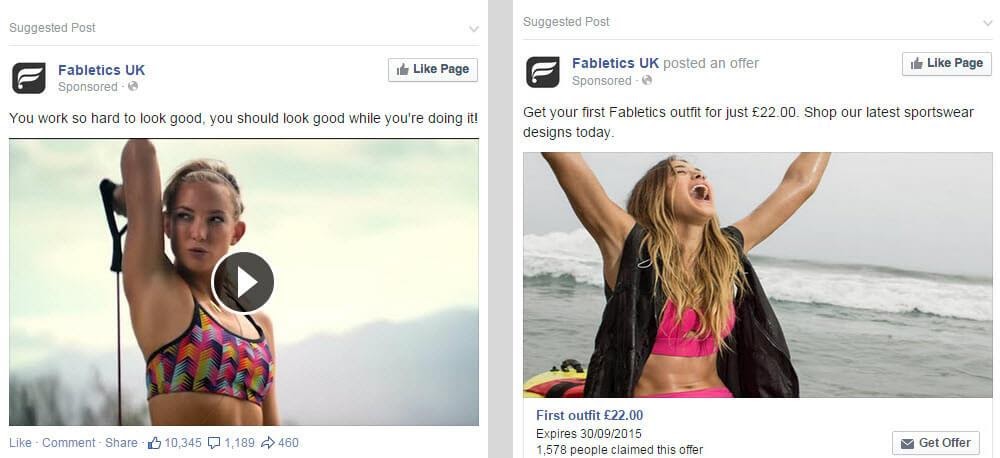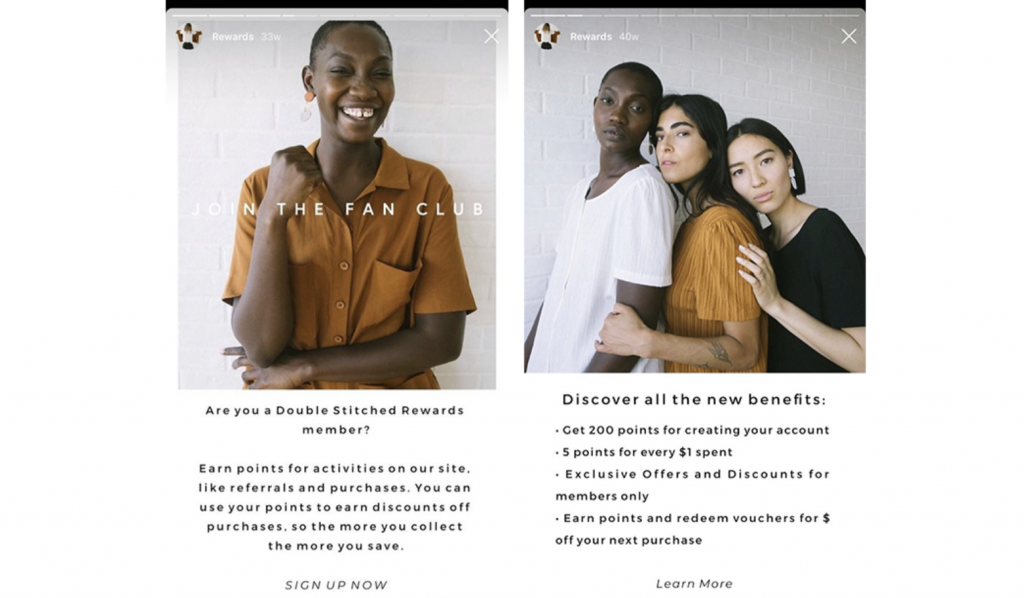
The pros and cons of using retargeting
Retargeting is a powerful tool in the ecommerce marketer’s toolbox, but it isn’t always effective. Here’s an examination of the pros and cons, detailing how you can get it right.
Online lead generation was absolutely essential for modern businesses before the advent of the COVID-19 pandemic forced so many companies to suspend their brick-and-mortar operations and rely entirely on the internet. Since then, competition has gone mad.
This means going beyond the widespread scattergun approach to marketing. When you advertise, you need to use careful targeting that factors in the intended audience — but you often need multiple brand touchpoints before you can convince someone to pay attention.
Given the intense pace of the online world, how can you count on getting those opportunities? The truth is that you can’t, which is why so many companies rely on retargeting for their advertising campaigns.
It’s often talked about as remarketing, and that’s somewhat accurate, though they’re technically distinct: retargeting is a form of remarketing.
Remarketing is the general process of marketing to people who’ve previously encountered your brand. And retargeting specifically concerns paid advertising through setting up ads that will only be served to those who’ve visited your website before.

Credit: WebFX
The above ad from Spotify is a classic example of a follow-up ad. It isn’t aimed at people who haven’t used the service before.
It’s aimed at those who’ve used the free version but have yet to sign up to the paid tier, hoping to draw them in with something they evidently appreciate: something for nothing (in this case, 3 months of Premium service for free).
But is retargeting really something you should focus on for your ecommerce business? In this post, we’re going to look at the positives and negatives of this tactic, ultimately reaching a reasoned conclusion about how you should implement it. Let’s get started.
Pro: retargeting helps you tell deep brand stories
It isn’t always easy to snappily explain what sets your brand apart. There may be a complex brand story behind your business, detailing how and why it was formed, that would win over prospective customers if you could share it with them properly.
How much of a story can you cram into a single Google Ad? Not much. And while you can lead such an ad to a full-page story, of course, you need that story to earn the click in the first place. This leaves you in a difficult position to get your content seen.
With retargeting, though, you can deliver the pieces of your story incrementally. You can open with a simple hook, then roll out the next parts of the story in separate ads: the problem you noticed, the company you built, the issues you faced, the solutions you came up with, etc. In other words, start vague and get increasingly concrete.

Credit: State of Digital
Above is an old example of how you can easily create an effective sequence using Facebook Ads. The first ad in the sequence (left) makes no explicit effort to sell anything. It’s all about creating brand awareness in general, showing what the company is about.
Then, after numerous other ads have been seen, the last ad (right) delivers a straightforward offer with no extensive context. You know the brand by now: do you want to buy?
What’s more, it doesn’t really matter if the recipient doesn’t pay close attention to a given ad, because it’s ultimately the cumulative exposure that matters. If you keep using retargeted ads that build on one another, they’ll eventually prove impactful.
Con: personalization can be unnerving
You’re likely familiar with the classic botches of personalization efforts: variables being added incorrectly (see the below example), or fake names put in by cautious subscribers getting pulled in emails dynamically.
Those botches are embarrassing, but what about when a piece of advertising feels intrusive and uncomfortable?

Оnline privacy has become an increasing concern ever since GDPR was implemented in 2018. Companies in the EU (and those that deal with EU customers) have needed to be far more transparent about how they collect, store and process data, and it’s understandably made people rather more worried about how their details can be abused.
Retargeting can turn very bad if you go too far with personalization. For example, showing ads about very sensitive needs like health issues, insecurites or private conditions like pregnancy.
It’s become common knowledge that using a proxy server through a VPN service allows people to go online under a different IP address identity, and when someone couples that with detaching their social media accounts, it makes it almost impossible for retargeting ads to trigger correctly.
It might be best to avoid personalization entirely — but if you feel you must use it, do so extremely delicately and pay close attention when creating the copy.
Pro: retargeting’s great for winning lasting loyalty
Your goal should always be customer retention. Loyal customers are markedly more valuable.
They spend more, buy more frequently, pay more attention to your marketing materials, are more forgiving when you make mistakes, and will freely recommend your company when given the opportunity to do so.
It’s true that operating online means you can always find new prospects, but the pipeline isn’t unlimited, and burning through one-off customers (who are more likely to badmouth you if they mention you at all) will work strongly against you.
If you can bring someone in through a lengthy retargeting process (and lead them into a smooth checkout process), you have better chances to make the a returning customer.
You can persistently go back to them with ads fitting their interests and win them back when they seem to be losing interest.

Credit: sixads
Above, you see an example of how paid ads can be aimed at current customers. They don’t talk about the brand because the recipients have already been sold on it.
Instead, they focus on the benefits of the reward scheme being promoted. If geared towards prospective customers, each of these ads would be totally different.
Con: complex ad sequences can be costly
Maybe the biggest reason why so many companies go for the scattergun approach is that it’s cheap and economical — particularly when it comes to creativity.
You can make some basic ad copy then tweak it slightly across numerous sets of ads. The more niche you get, the more creative work becomes necessary, and good creative work can get expensive.
Related: 3 Tips to improve your Facebook ads
Complicating things, retargeting ad sequences can become fairly lengthy if you want to make them complex, and the difficulty scales up.
When you’re producing the eighth ad to reach the same person, you’ve put a lot of time into that lead, and you need to make it worthwhile.

Credit: Rontar
This ad sequence from Rontar may be as basic in copy as possible, but it’s still a great strategic effort to build.
If you can’t make a long ad sequence worthwhile though a good creative and careful order of delivery, you won’t gain anything from that sequence. You’ll only have lost money on a failed creative exercise.
Conclusion
Having looked at the pros and cons, should you use retargeting? Well, despite the negatives, it can be an incredibly effective option. It just needs to be implemented correctly.
In addition to setting and sticking to a sensible budget, you need to keep the personalization elements to a tasteful minimum and ensure that you have the creative resources to handle things. Can you manage that? If so, you should absolutely give retargeting a try.
Elliot Mark is a senior writer at Ecommerce Platforms with a deep curiosity for the changing world of ecommerce. He’s helped create a number of unique online stores, providing content and marketing support to help people grow their own ecommerce business.
Build and grow your ecommerce brand
Metrilo’s mission is to help you build your ecommerce brand and win your place in the customer’s heart. We share what we learn from our daily work with product innovators and founders here. Subscribe to our weekly newsletter to get the freshest lessons and conquer your niche.
We promise, no spam.
Thank you for subscribing!
See you soon :-)



